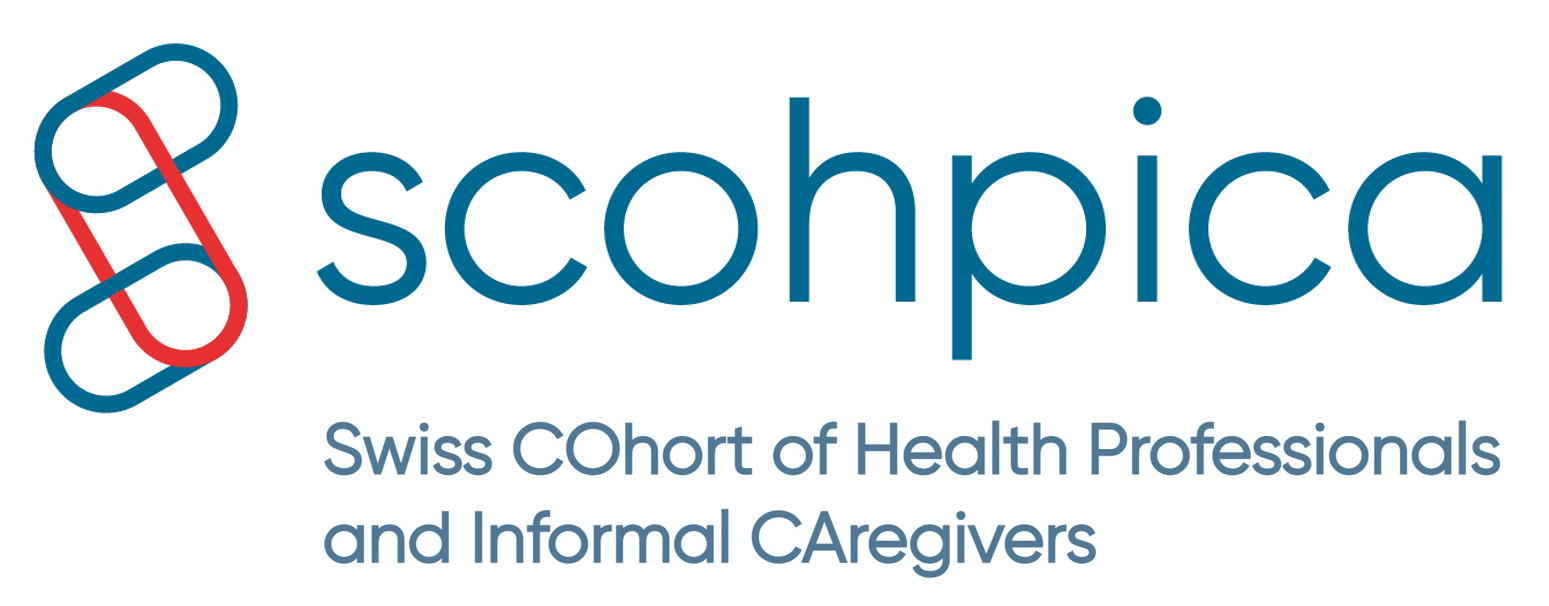The estimates of the number of healthcare professionals to be included in SCOHPICA were made with the goals of:
- Achieving reasonable precision around the dichotomous and continuous primary outcome estimators of the baseline measures
- Analyzing cross-sectionally and/or longitudinally the intent to stay in or leave the profession, well-being, and their determinants
- Identifying clusters of professional trajectories
While doing so, the estimations considered the following aspects:
- In addition to full sample analyses, stratification by linguistic regions (Nmax = 3) and/or cantons (Nmax = 26), by types of profession (Nmax = not yet known), by gender (Nmax = 3) or age categories (Nmax = 4) would be desirable to increase the granularity of the results. These stratified analyses will be considered if the sample size is large enough.
- In the SCOHPICA cohort, we will recruit on a continuous basis because recruitment of healthcare professionals is usually hard (i.e., low participation rate in surveys). Thus, we will adapt recruitment strategies according to the participation of the different professional groups, if necessary. Moreover, continuous recruitment will allow us to progressively increase the number of SCOHPICA participants.
The parameters needed for sample size calculations are, among others:
- Primary indicators - intent to stay in or leave the profession, assumed here to be dichotomous to stay as conservative as possible, and well-being, which is measured via the Flourish Index and can take values ranging from 0 to 10.
- The expected values (and variabilities) of the outcomes, which are taken from the literature.
- The type I error rate (alpha level) – 0.05.
With all this in mind, we present below sample size calculations for the full sample analyses. 95% confidence intervals (CI) around possible values of the outcomes are shown to give an idea of the precision that can be attained with minimal sample sizes. Those initial numbers can however be multiplied by the number of categories (linguistic regions, types of occupation, etc.) to allow for stratified analyses. Thus, the larger the number of participants, the better, which is why we aim to recruit “as many healthcare professionals as possible”. To conduct the first overall analyses, we aimed at recruiting at least 1500 participants at the 2022 baseline; the following annual recruitments (e.g. in 2023 and 2024) should permit to increase the sample size of participating healthcare professional. Larger sample sizes will thus allow sub-group analyses, providing more detailed and precise information to healthcare stakeholders.
Recruitment and screening procedure
HCPs will be contacted using multiple recruitment strategies. Indeed, as the project targets all type of HCPs, working in a variety of settings and across Switzerland, it is important to consider multiple communication and recruitment strategies so that they are aware both of the existence and conduct of the project, and of its importance. They are the following:
- HCPs will be contacted through their professional associations, at the national and/or cantonal level. For each type of HCP, professional representatives have been/are being contacted by a SCOHPICA team member, who presented/ will present the SCOHPICA cohort, and ask whether the association is willing to help recruiting their members. Recruitment support by professional associations will be done by transmitting information on SCOHPICA and the link to its website to their members, in an ad-hoc email, on their website or in their newsletter, for example. A list of all professional associations accepting to support SCOHPICA’s recruitment, will be prepared. It will contain the contact details of the person in charge of that task, the preferred communication mean, and the date of contact of their members. The supporting professional associations will receive a copy of the final version of the questionnaire, for confirmation of their participation. They are also informed that both themselves and their members, will have access to the results of the study through an interactive platform that will be developed for this purpose. Brief articles will also be published in the journals of the professional associations, when permitted.
- Large employers of HCPs (e.g. hospitals, home care) will be contacted and asked to support SCOHPICA’s recruitment. If they accept, a process similar to the one described just above (1) will be considered.
- HCPs will also be reached through the pages of the social networks of the institutions involved in the project (Unisanté, Institut et Haute Ecole de la Santé La Source, CHUV). This social media information will be shared and reposted by anyone interested in diffusing the existence of the study (as for example, the HES-SO network or the Competence Network Health Workforce). Posts directed towards HCPs, in general or specifically, will be produced by two of the communication services of the institutions conducting SCOHPICA (Unisanté and Institut et Haute Ecole de la Santé La Source).
- SCOHPICA will be presented at the Swiss HCPs annual conferences, when possible, as well as during SCOHPICA’s serie of conferences on the healthcare workforce; during these conferences, recruitment for SCOHPICA will be reminded and participation information provided.
- If email addresses are available, HCPs will be directly contacted.
- General communication about SCOHPICA, via standard media and social media, will be considered. Both HPCs and patients will hear about SCOHPICA and be able to participate in or talk about it.
All the above mentioned persons/institutions will transmit, in an ad-hoc email, on their website or in their newsletter, an URL to the SCOHPICA website (www.scohpica.ch); the link to the electronic survey will be included on this SCOHPICA’s website.
On the website, potential participants will also find general information about the project and have access to a formal electronic information sheet which will present, in detail, both the ins and outs of their participation and of their rights.


